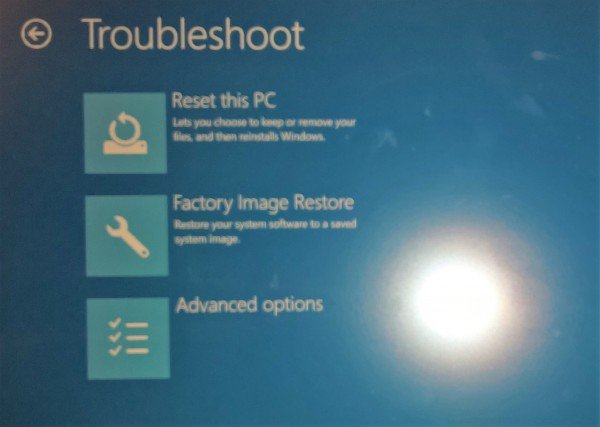

However, the Local reinstall option may not be able to repair Windows 10 if it’s too broken, too corrupted. It’s Microsoft’s “ imageless recovery” system so installation media doesn’t need to lurk on a hidden partition, taking up space. In both cases, it rebuilds Windows 10 using the current installation. Your settings, such as the Start Menu arrangement, will go back to their defaults. Whichever you choose, you will need to reinstall all apps and programs acquired outside the Microsoft Store. An option will show up asking if you want ‘Keep my files’ or ‘Remove everything’.Here you need to decide whether you want to keep all of your files and folders intact, or truly start from scratch and then use your backup to restore those files and folders.Your PC will load to the ‘Advanced startup tool’ on restarting.

Do this by pressing the shift button down on your keyboard and then click on restart. You will also have to get to the ‘Advanced startup tool’ here.What about if you can not get past the log-in screen? Then there is a simple way to go about it which just only differs from what you above with the first step only. How to restore your PC to factory settings from the log-in screen If you picked ‘Remove everything’, another prompt will come up asking if you just want to erase all your files or you want to erase all your files and clean your drive(s) too.An option will show up asking if you want ‘Keep my files’ or ‘Remove everything’.Select ‘Troubleshoot’ and from there you will see the ‘Reset this PC’ option.After this, your system should go to the ‘Advanced startup tool’ on booting up next. To do this, you have to shut down your system intermittently three times before it is able to boot up at all by holding down the power button. One way to do that is to gain access to the ‘Advanced startup tool’.There are cases where for some reason your system is not able to boot up properly and you want to restore it to factory settings. How to restore a PC to factory settings when it is not booting up properly


 0 kommentar(er)
0 kommentar(er)
